
Shanzu is more than a sun-drenched coastal destination; it is a place steeped in the rich cultural heritage of the Mijikenda people. As custodians of a vibrant history, the Mijikenda have passed down tales, traditions, and rituals that remain deeply rooted in the region’s identity. Visitors to Shanzu have the unique opportunity to explore this legacy, immersing themselves in the stories and ceremonies that define the area’s cultural soul.
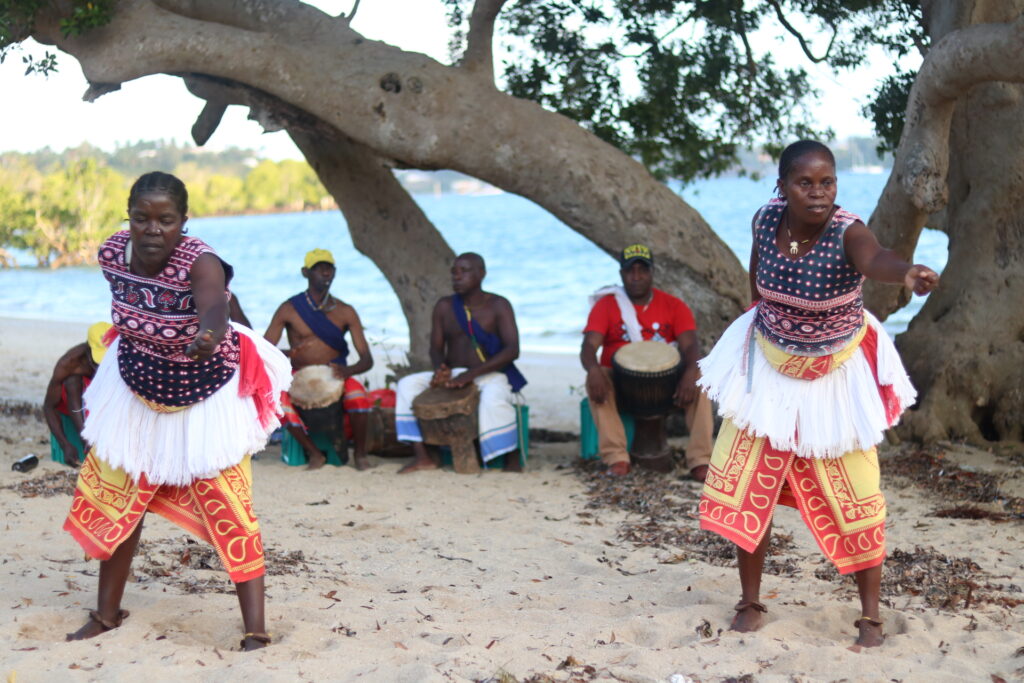
Who Are the Mijikenda?
The Mijikenda are a collective of nine Bantu-speaking ethnic groups who inhabit Kenya’s coastal regions. Their name, meaning “nine towns,” refers to their ancestral homesteads, known as kayas—sacred forests that served as spiritual and social centers. Recognized as UNESCO World Heritage Sites, these forests remain vital to Mijikenda traditions, acting as spaces for worship, community gatherings, and storytelling.
Though Shanzu itself is not home to a kaya, its proximity to these sacred sites connects the area to the spiritual and cultural practices of the Mijikenda people.
Traditions and Ceremonies in Shanzu
Oral Storytelling
The Mijikenda are celebrated for their oral storytelling traditions, where elders share fables, historical accounts, and moral lessons with younger generations. In Shanzu, some local communities offer storytelling evenings, where visitors can listen to these captivating tales while seated under starlit skies.Music and Dance
Music and dance are at the heart of Mijikenda ceremonies, with drums, flutes, and traditional chants creating a hypnotic atmosphere. Events such as weddings and harvest celebrations often feature these performances, offering a window into the community’s joy and spiritual connection.Sacred Vigango Statues
Among the Mijikenda, the Giriama sub-group is particularly known for their vigango—wooden memorial statues erected to honor revered ancestors. These intricately carved totems symbolize respect and remembrance and are often placed in sacred spaces. Visitors may have the chance to see replicas or learn about the significance of these statues through cultural tours.Healing Rituals
The Mijikenda have long relied on their knowledge of herbs and spiritual practices for healing. In Shanzu, traditional healers may share insights into these ancient methods, offering visitors a glimpse into the interplay between spirituality and medicine in the community.
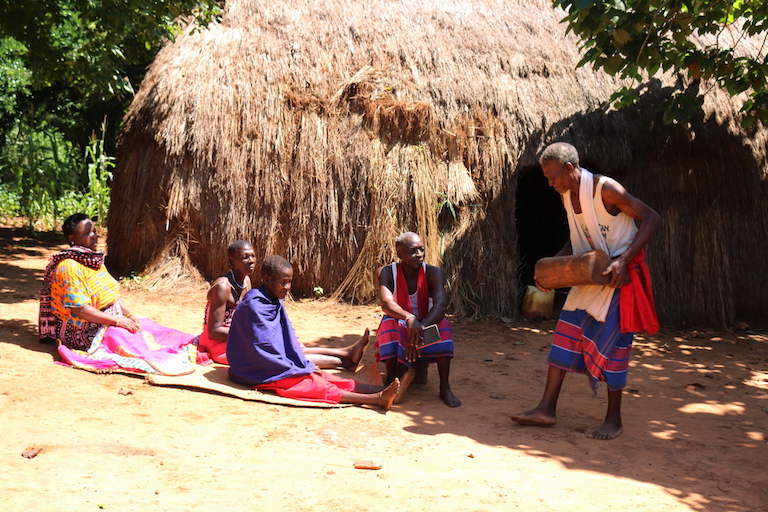
Experiencing the Mijikenda Legacy in Shanzu
While Shanzu is a modern tourist hub, its cultural heritage shines through in local markets, festivals, and interactions with the community. Visitors can participate in guided tours that delve into Mijikenda history, visit neighboring kaya forests, or attend cultural performances showcasing traditional music and dance.
For those seeking a deeper connection, cultural centers and workshops in the area provide opportunities to learn about Mijikenda crafts, cuisine, and rituals, fostering a deeper appreciation for this rich heritage.
Preserving the Legacy
The Mijikenda legacy is not just a historical narrative; it is a living culture that continues to thrive in Shanzu and beyond. By engaging with the traditions, supporting local communities, and respecting sacred spaces, visitors can play a role in preserving this unique heritage for future generations.
To learn more about cultural experiences in Shanzu and plan your visit, explore shanzubeachfront.com. Embrace the stories and traditions that make Shanzu a truly unforgettable destination.
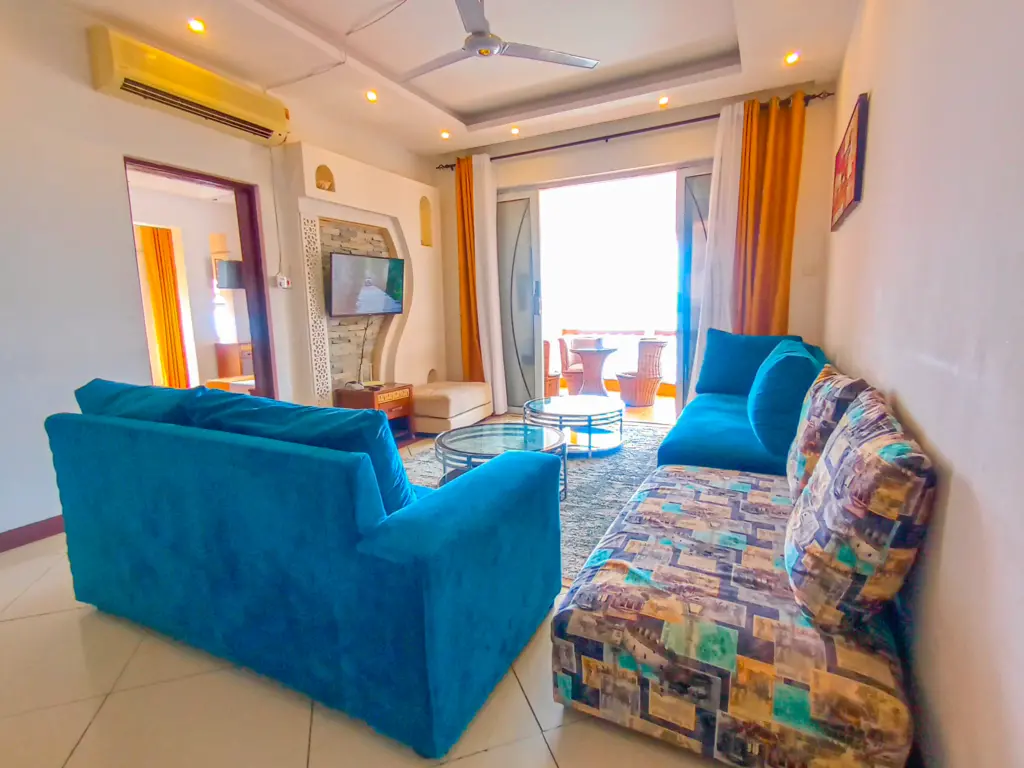


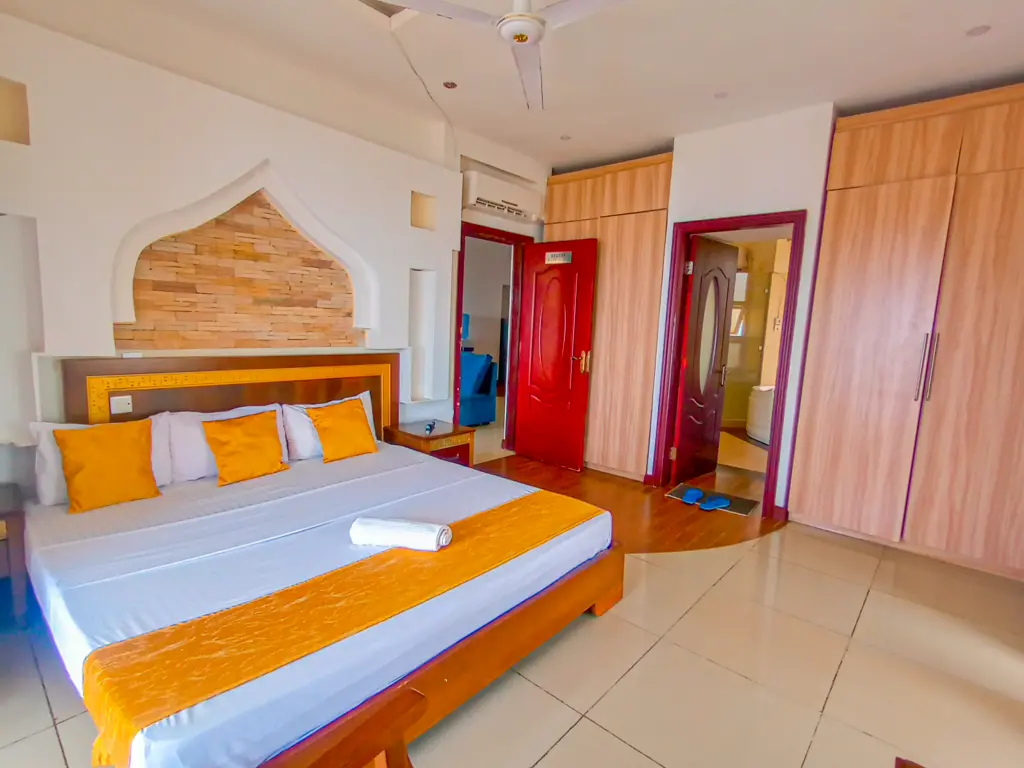
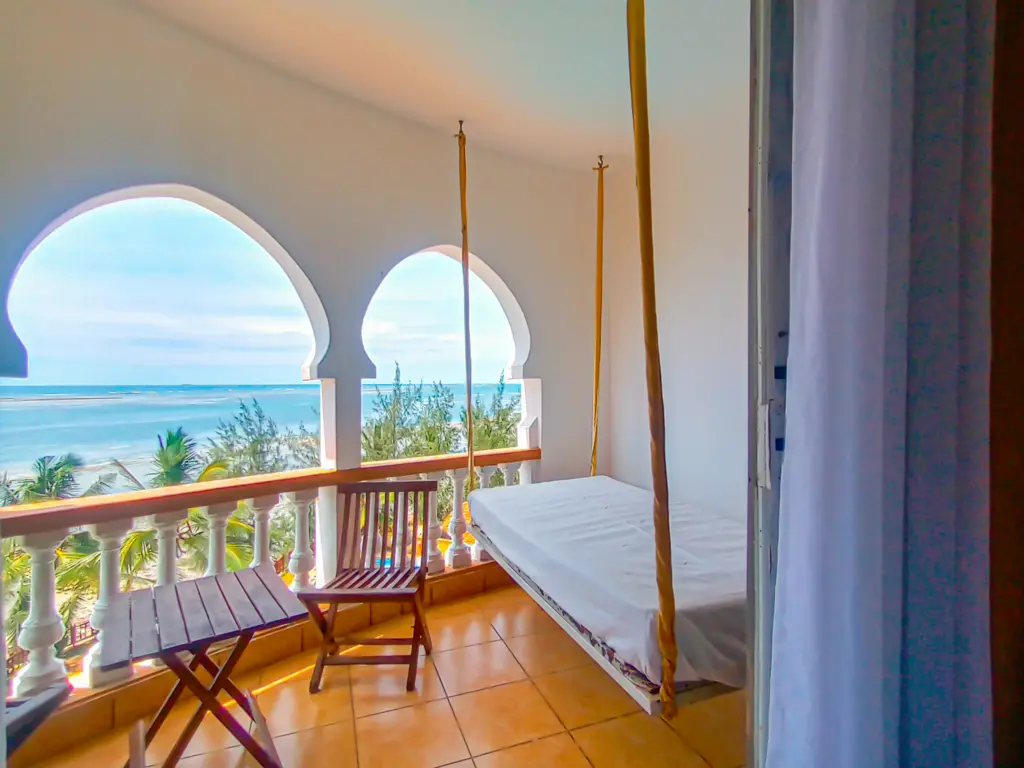
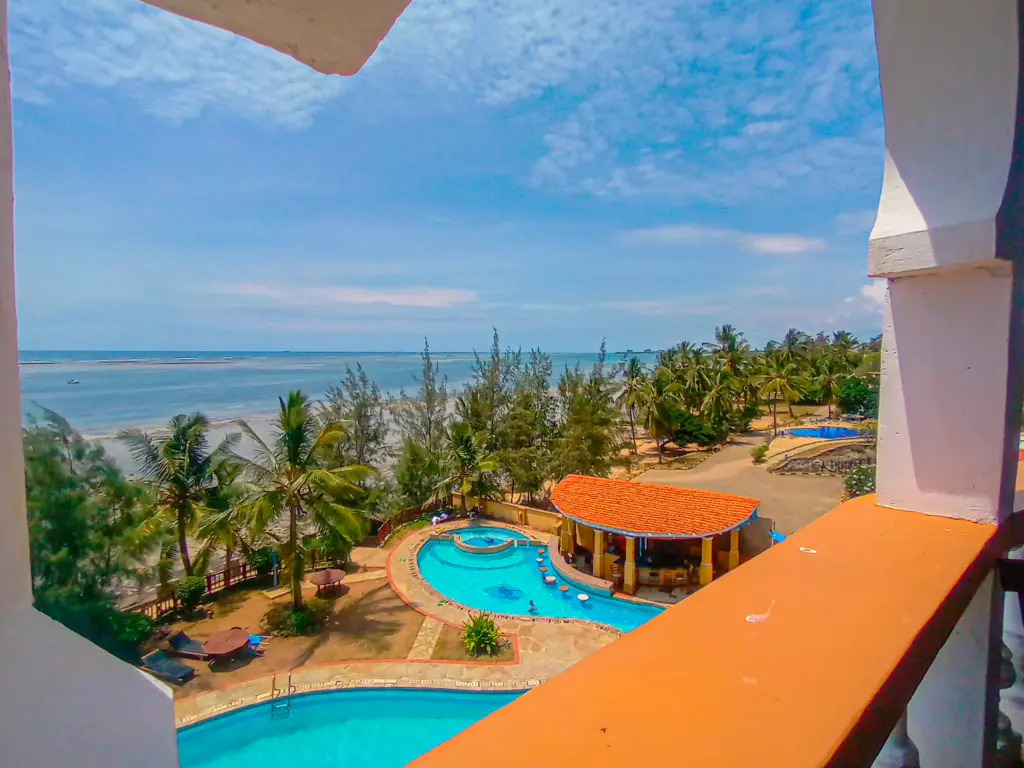
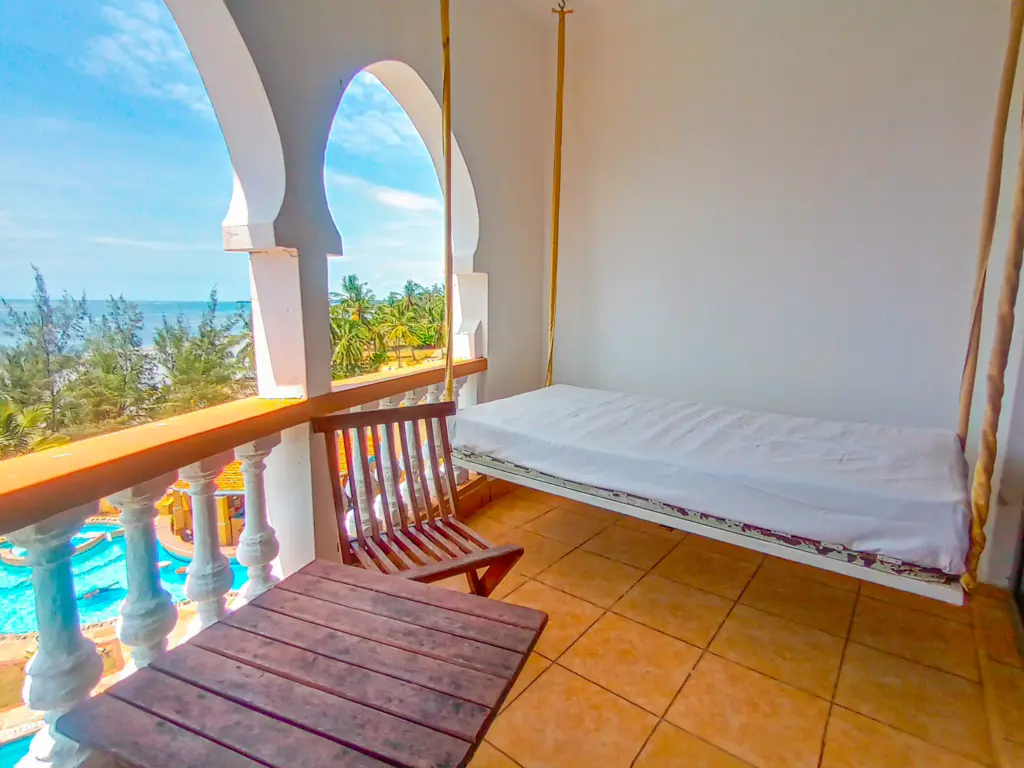


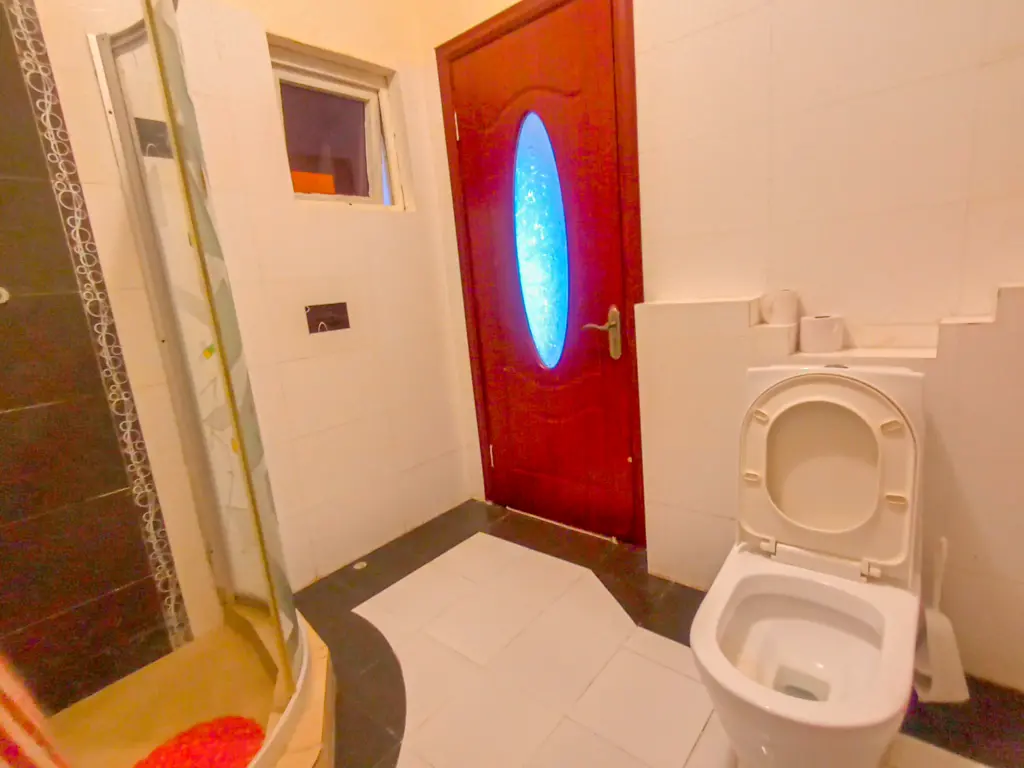
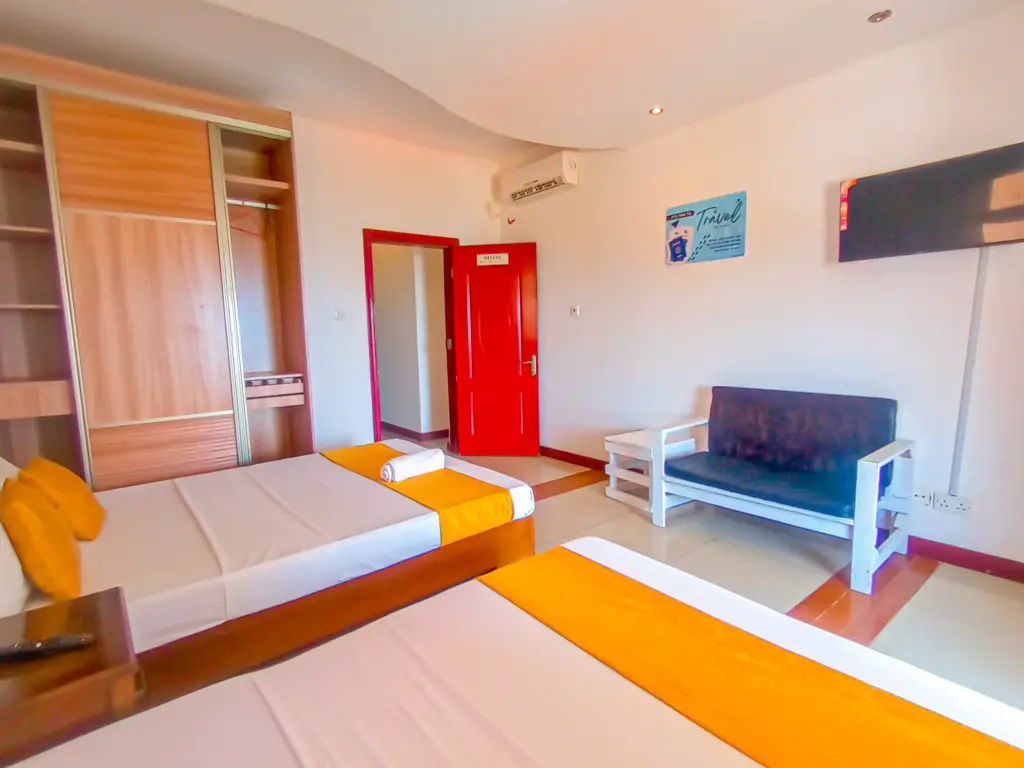
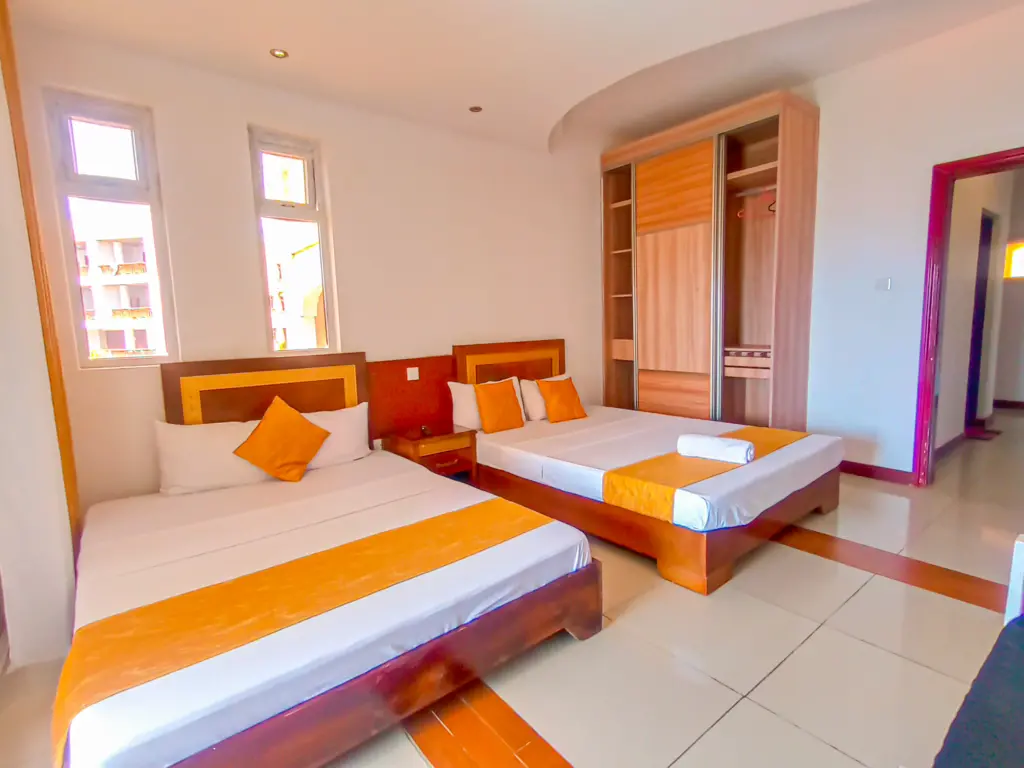
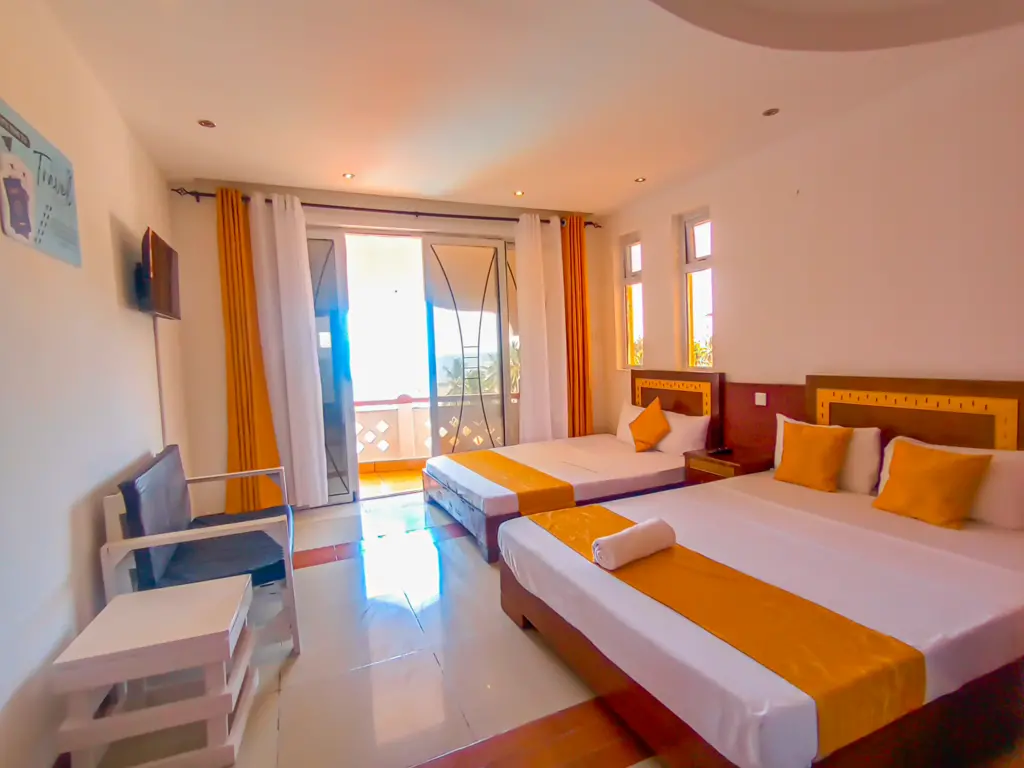
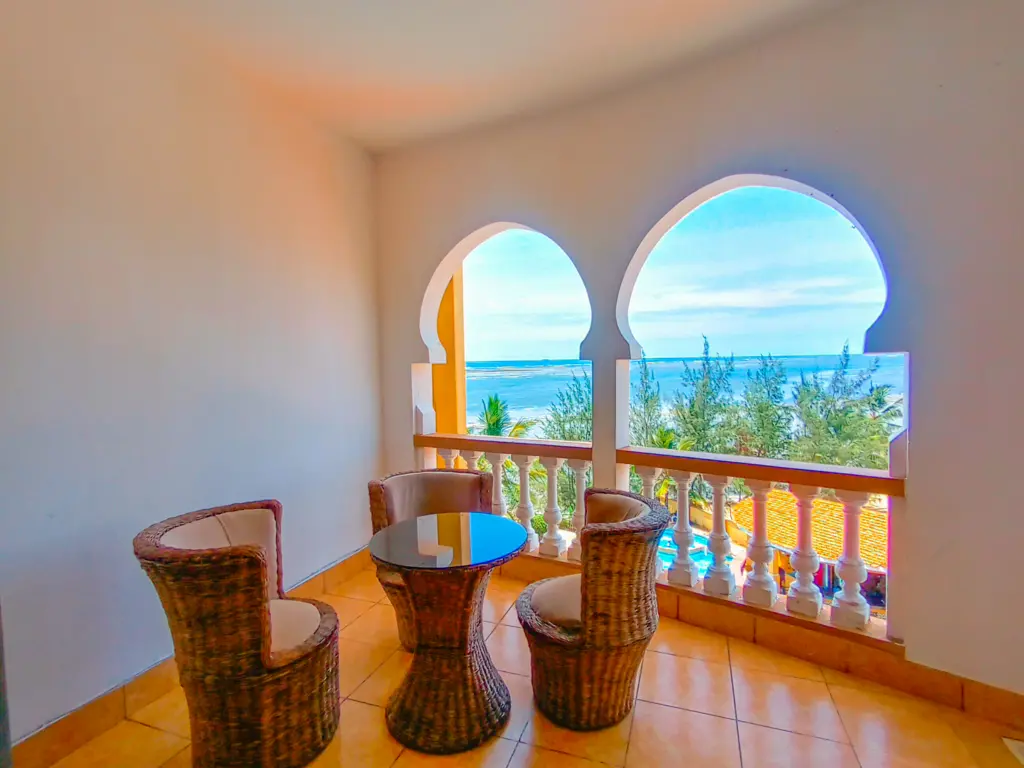
Tags:

